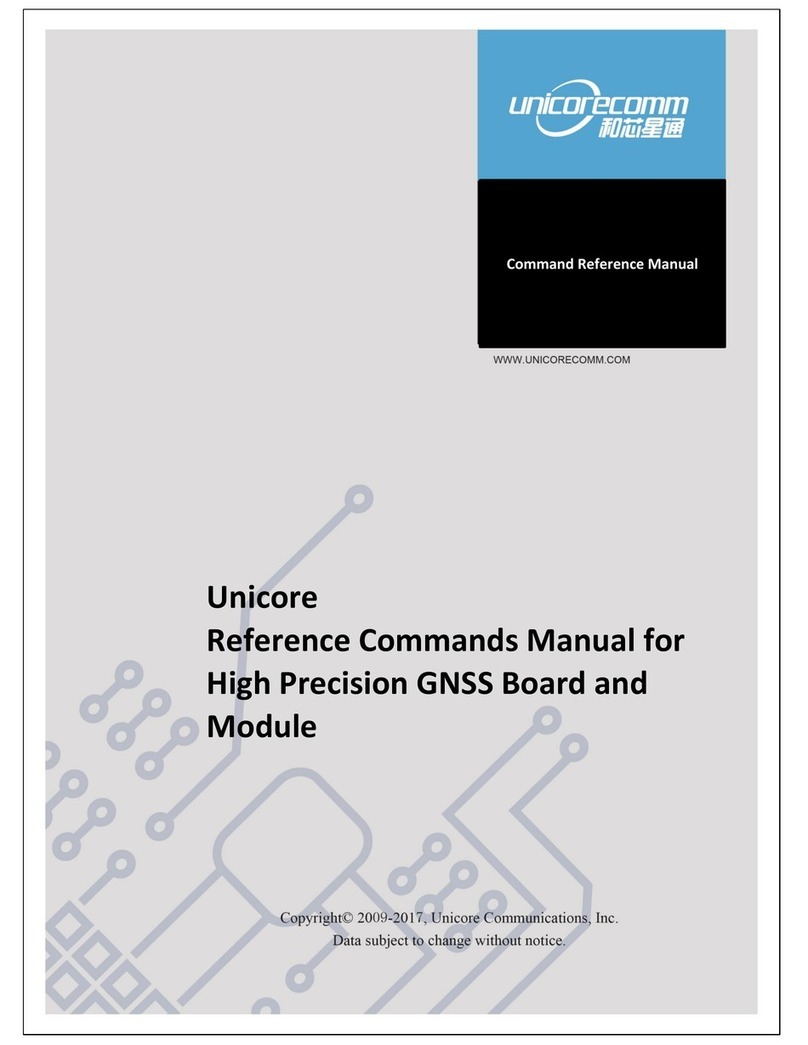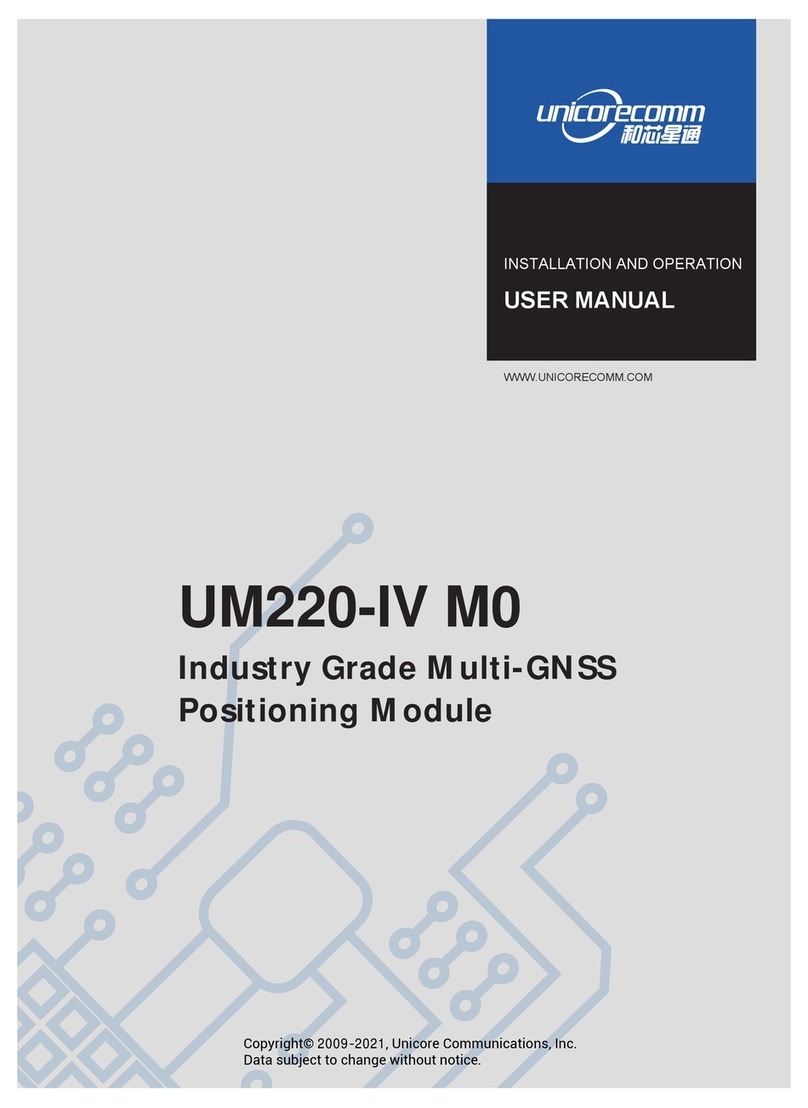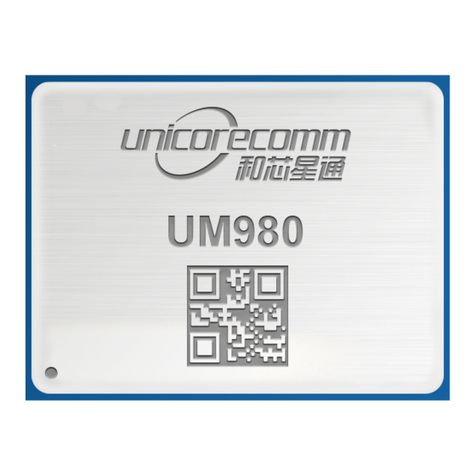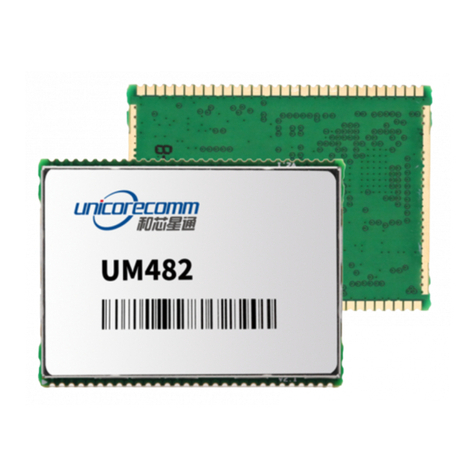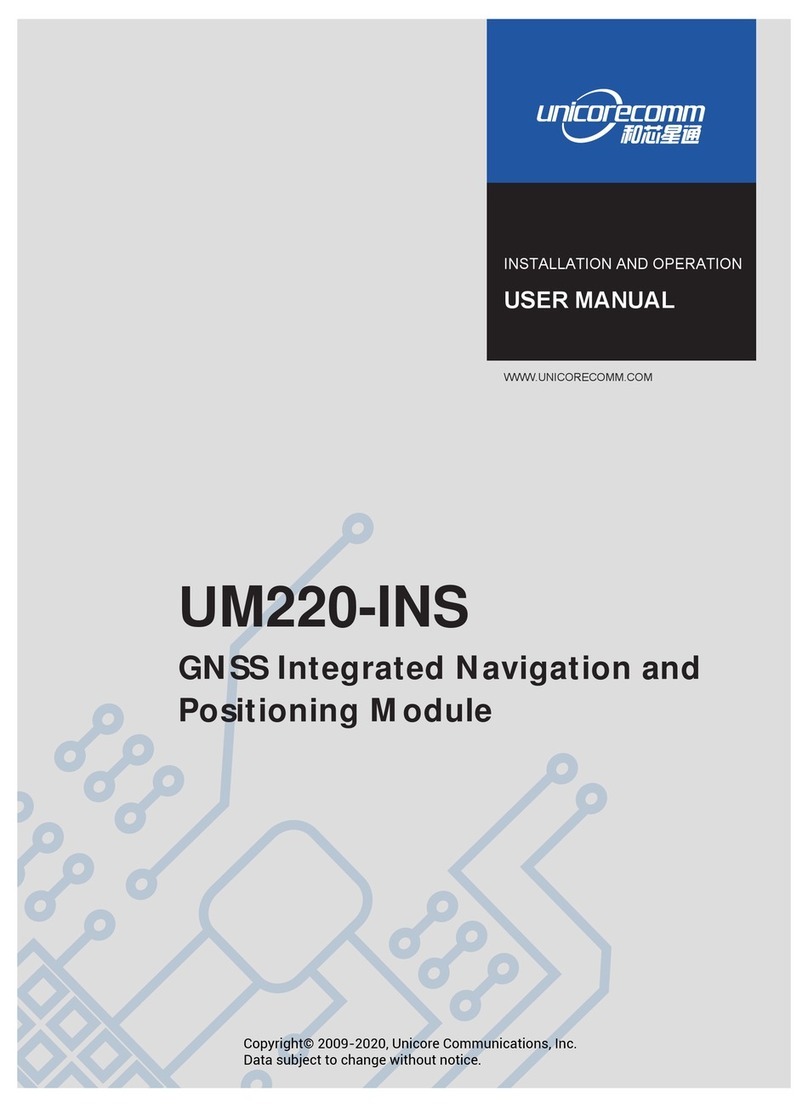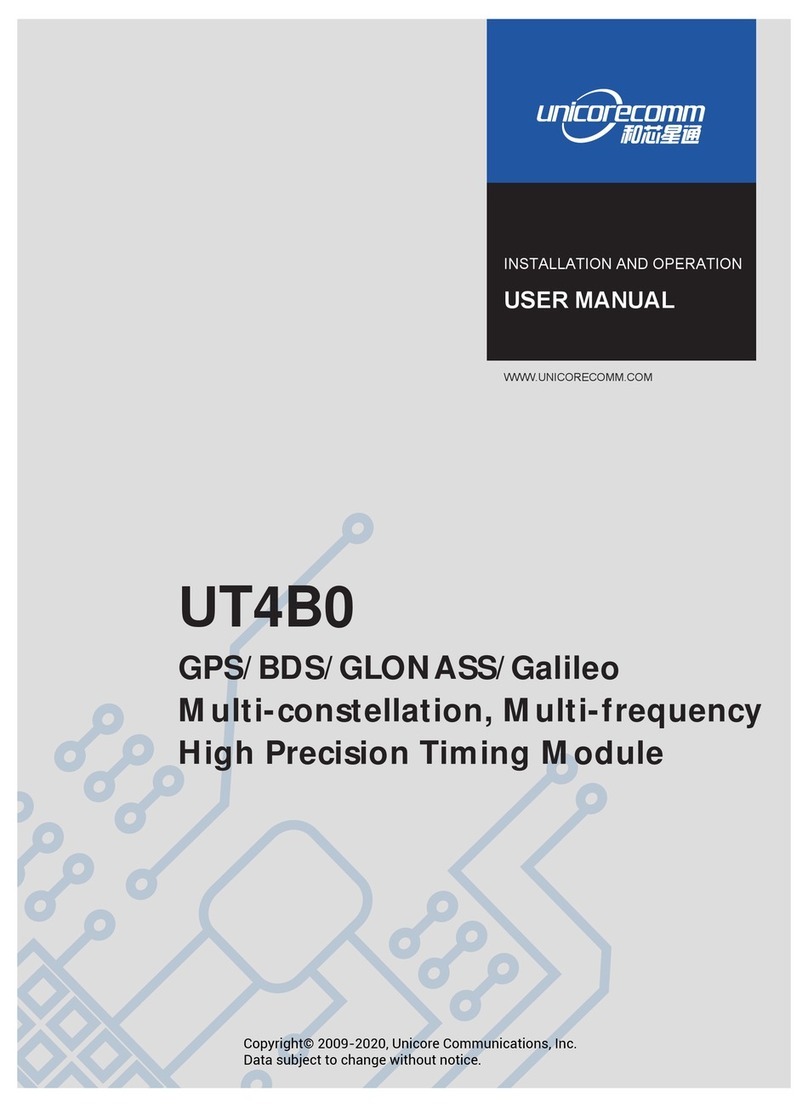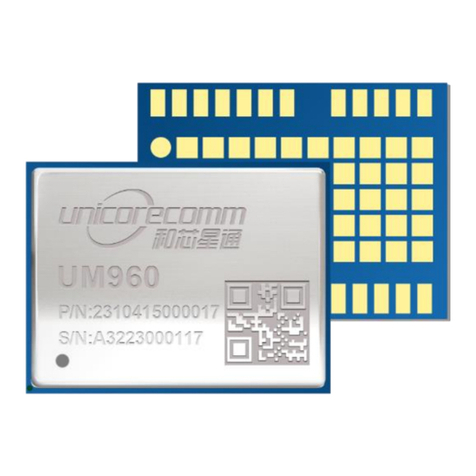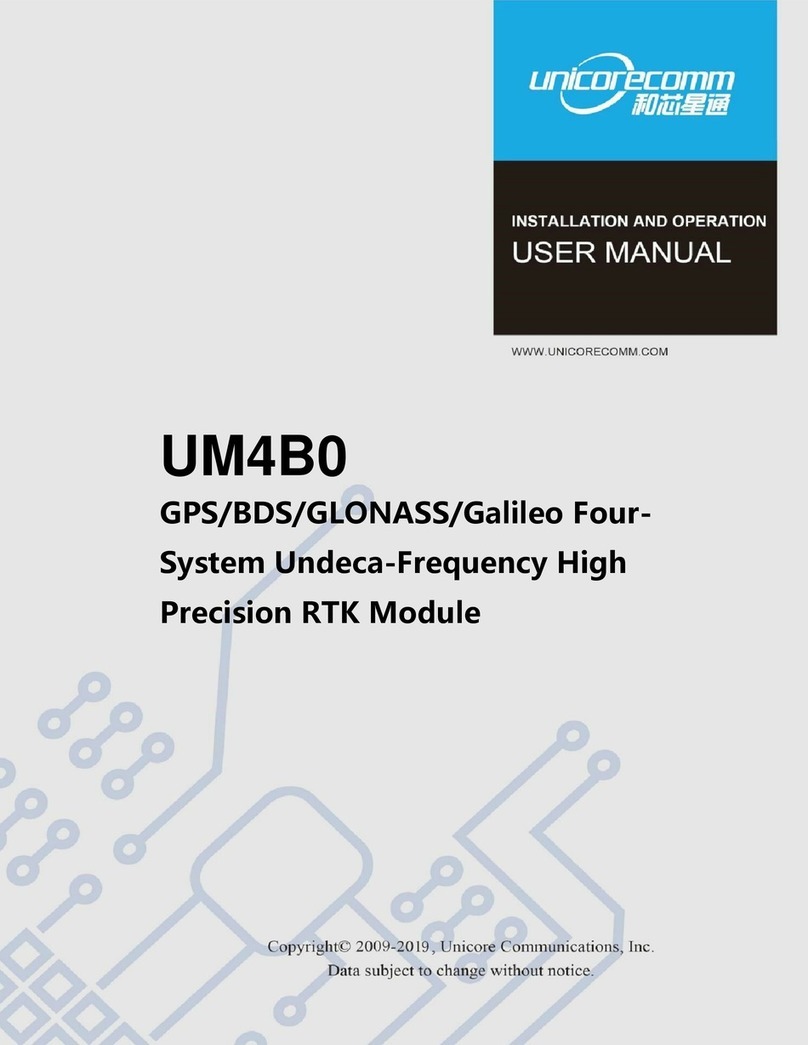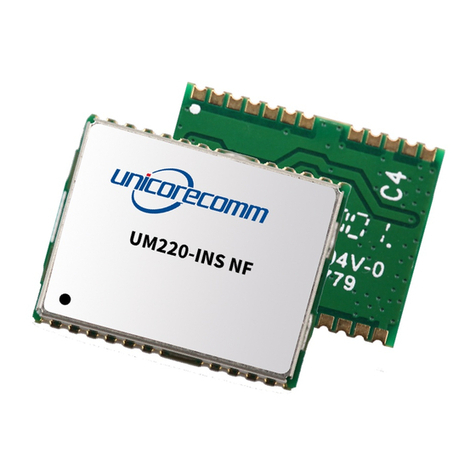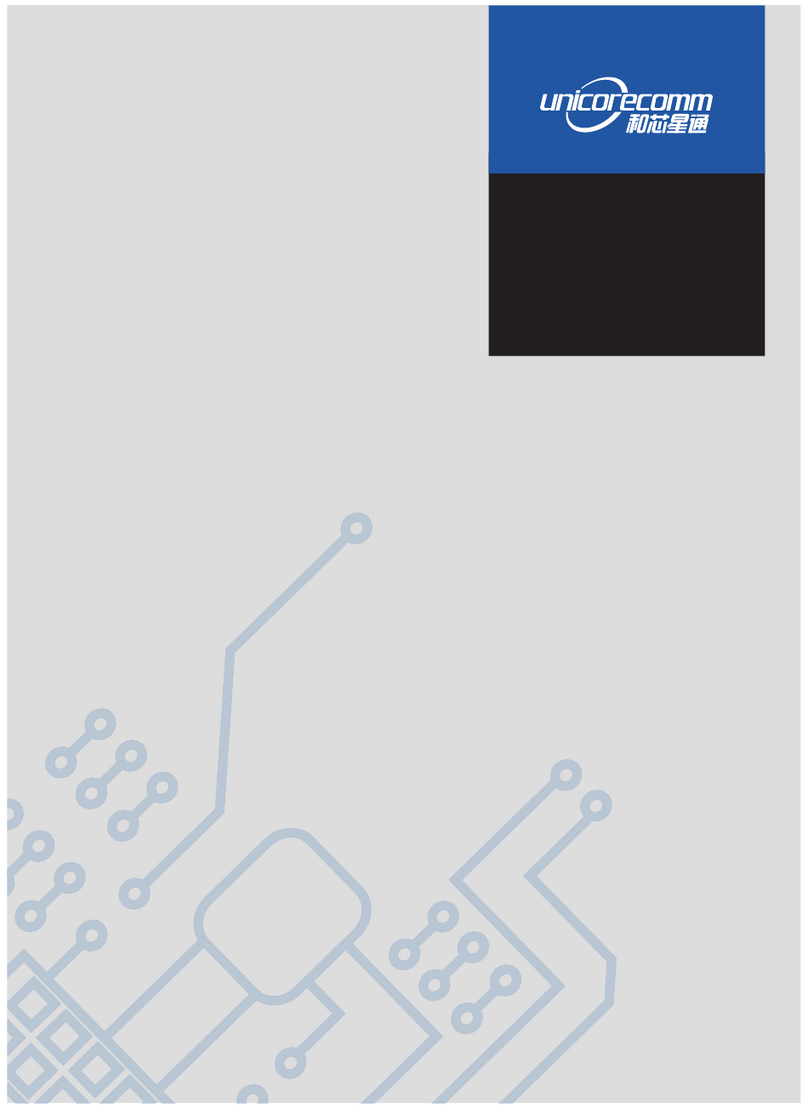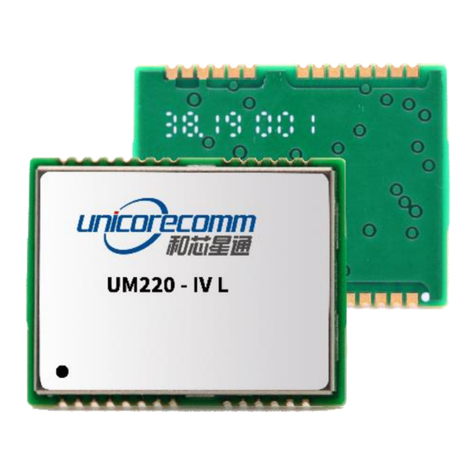Contents
1OVERVIEW .............................................1
1.1 KEY FEATURES ..............................................................................................................................1
1.2 TECHNICAL SPECIFICATIONS.............................................................................................................2
1.3 INTERFACES..................................................................................................................................3
2HARDWARE .............................................4
2.1 DIMENSIONS................................................................................................................................4
2.2 PIN DEFINITION (TOP VIEW)...........................................................................................................5
2.3 PIN FUNCTION .............................................................................................................................5
2.4 ELECTRICAL SPECIFICATIONS ............................................................................................................8
2.5 OPERATIONAL CONDITIONS.............................................................................................................8
2.6 PHYSICAL SPECIFICATIONS...............................................................................................................9
3HARDWARE DESIGN ......................................9
3.1 DESIGN IN CONSIDERATIONS ...........................................................................................................9
3.2 UM482 REFERENCE DESIGN ........................................................................................................10
3.3 PINS.........................................................................................................................................11
3.4 PCB PACKAGING ........................................................................................................................13
3.5 RESET SIGNAL ............................................................................................................................13
3.6 EXTERNAL ANTENNA FEED DESIGN.................................................................................................14
4INSTALLATION AND CONFIGURATION .......................15
4.1 ESD HANDLING PRECAUTIONS ......................................................................................................15
4.2 HARDWARE INSTALLATION ............................................................................................................15
4.3 POWER ON................................................................................................................................18
4.4 CONFIGURATION AND OUTPUT ......................................................................................................18
4.5 OPERATION STEPS.......................................................................................................................19
5CONFIGURATION COMMANDS...............................20
5.1 REFERENCE STATION CONFIGURATION.............................................................................................21
5.2 ROVER STATION CONFIGURATION...................................................................................................22
5.3 MOVING BASE CONFIGURATION ....................................................................................................22
5.4 HEADING CONFIGURATION ...........................................................................................................23
5.5 HEADING2 CONFIGURATION .........................................................................................................24
6ANTENNA DETECTION ...................................24
7FIRMWARE UPGRADE ....................................25
8SOLDERING RECOMMENDATION.............................26
9PACKAGING ...........................................27
